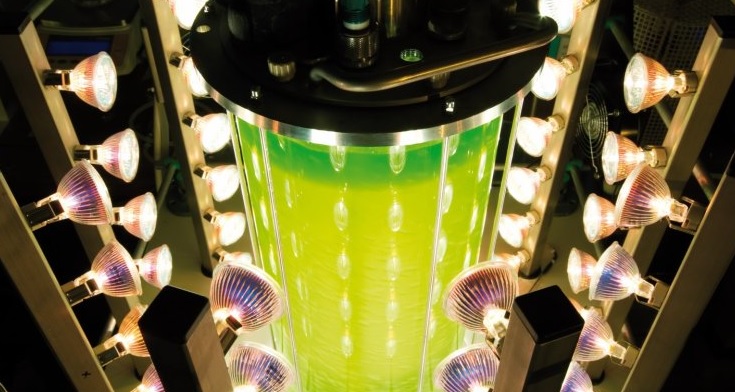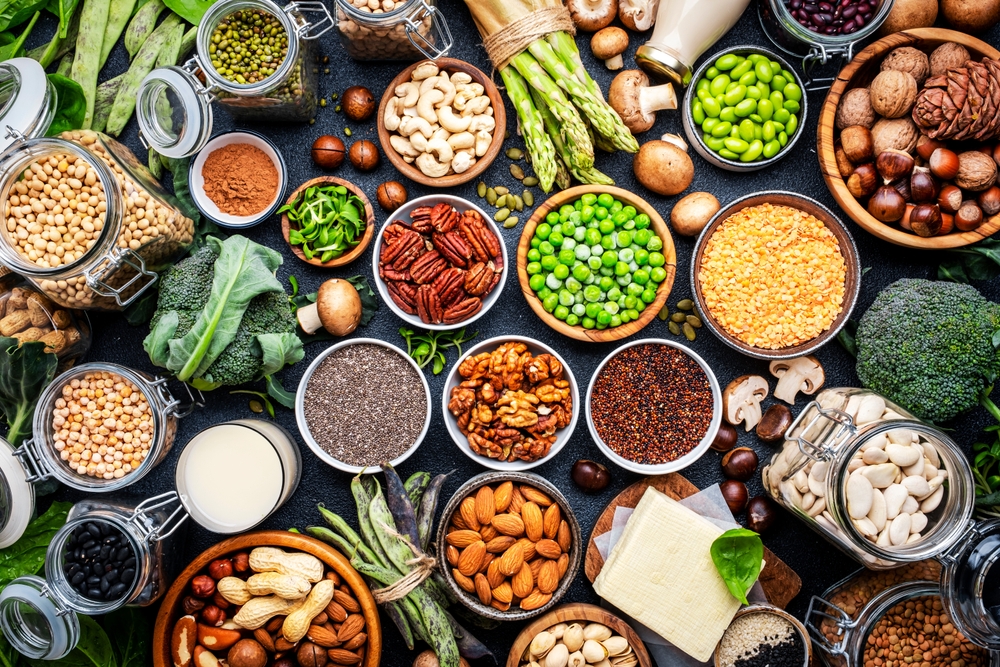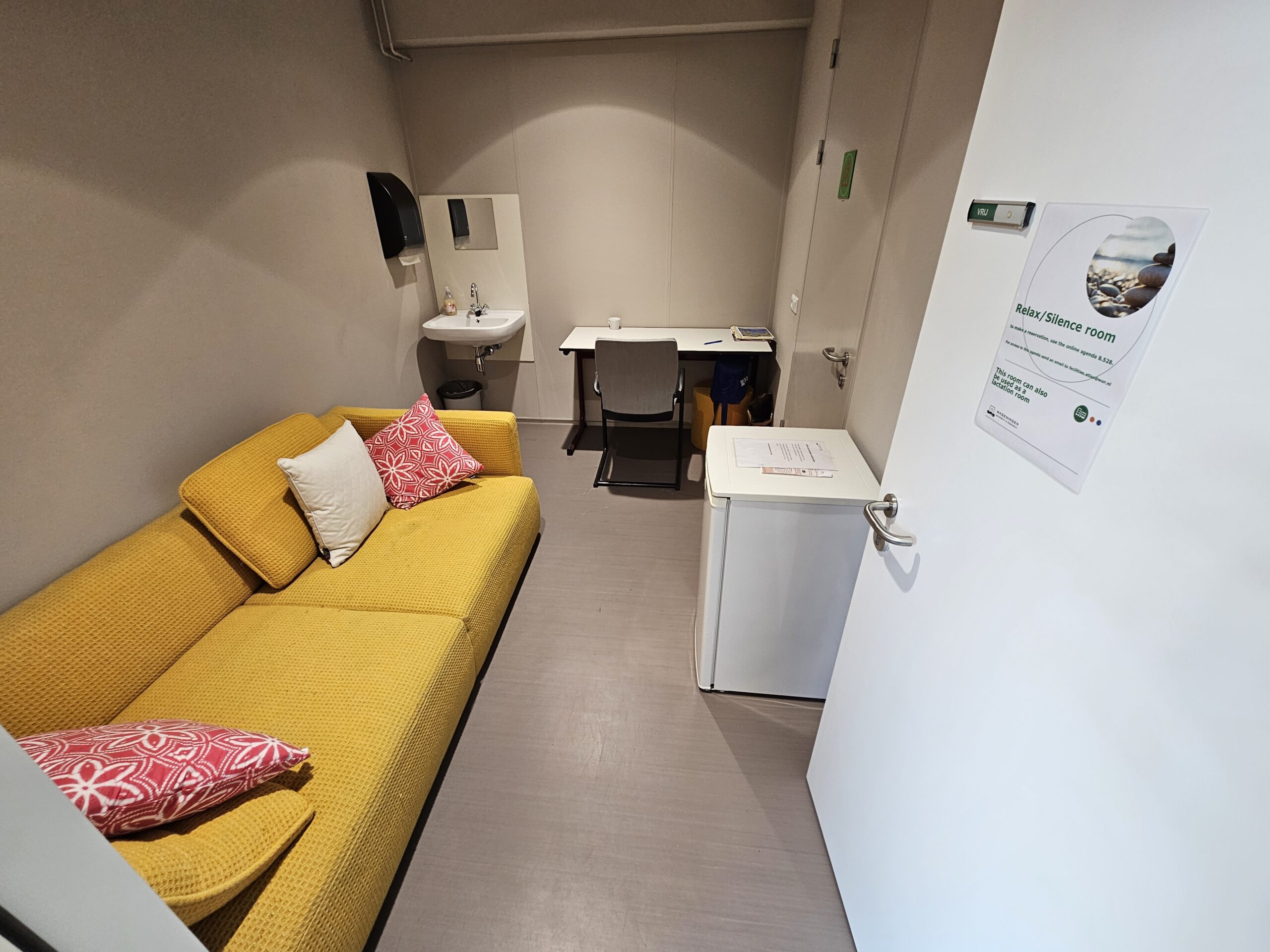Very few natural blue pigments exist for use in food. But the extremophile microalga Galdieria sulphuraria produces the goods, in the form of the protein phycocyanin. This pigment even remains stable in acidic environments (up to a pH of 3) and at high temperatures (55 C). PhD researcher Pedro Moñino Fernández has designed a new type of bioreactor to optimize the production of this alga.
The usual method of cultivating algae is based on photosynthesis. The algae, which are really small plants, convert CO2 and water into sugar and oxygen. But this process has its limits, says Moñino Fernández. ‘Growth based on light alone is rather slow. And once the algae are too highly concentrated, light no longer gets through. What is more, CO2 has to be added from external sources, which costs energy and therefore money.’
Photosynthesis
Moñino Fernández’s bioreactor combines growth through photosynthesis with growth through respiration. During the latter process, the alga burns (eats, effectively) added sugars, releasing CO2 in the process. An advantage of this combination is that, if conditions are right, a closed system is created: ‘The oxygen from the photosynthesis is used for the respiration of the sugar. And the CO2 from the respiration is used for the photosynthesis.’
The development of this ‘mixotrophic cultivation system’ is the goal of Moñino Fernández’s study. He aims to scale up his reactor to an industrial scale. The Galdieria merely serves as a model, demonstrating what is possible. And the alga has not disappointed him. On top of its high production of blue pigment, the alga also produces proteins with high levels of essential amino acids.
Two of these amino acids, cysteine and methionine, contain sulphur and are important for humans. ‘And they are rare in the major crops,’ says Moñino Fernández. ‘Galdieria contains incredibly high levels of both amino acids. This is probably because the alga naturally occurs in hot springs in volcanic areas. I think that is what makes this alga an interesting prospect as a vegetarian/vegan source of those amino acids.’
Extreme
For Studium Generale’s Spring Festival, the Delft researcher and poet Bauke Steenhuisen wrote a sonnet on Pedro Moñino Fernández’s algae research project. The poem (in English) is printed here. ‘It is always nice when someone looks at your work from a totally different perspective and background,’ says the PhD student. ‘The reference to Mars was particularly surprising to me. But he does have a point. Extremophile micro-organisms are used in research into possible extra-terrestrial life. The atmosphere on other planets may prove to be toxic and extreme, so life there might be related to biochemical processes, as it is in extremophiles on Earth.’
Galdieria Sulphuraria
Mixotrophic algae cultivation
can produce us phycocyanin
quite likely better known as protein
as well as biofuel application
—
This greenish creature needs a sound foundation
for us to use it in our own cuisine.
Perhaps it will surpass the soya bean
but first we need a new investigation
—
The little wonder shows how to survive
in settings that are acid, hot and mean.
The harsher life, the more it seems to thrive;
—
a metabolic minikin machine.
On Mars, they’ll likely even stay alive.
Is that why aliens are often green?

 An algae bioreactor. Picture WUR, Bioprocess Engineering
An algae bioreactor. Picture WUR, Bioprocess Engineering 

